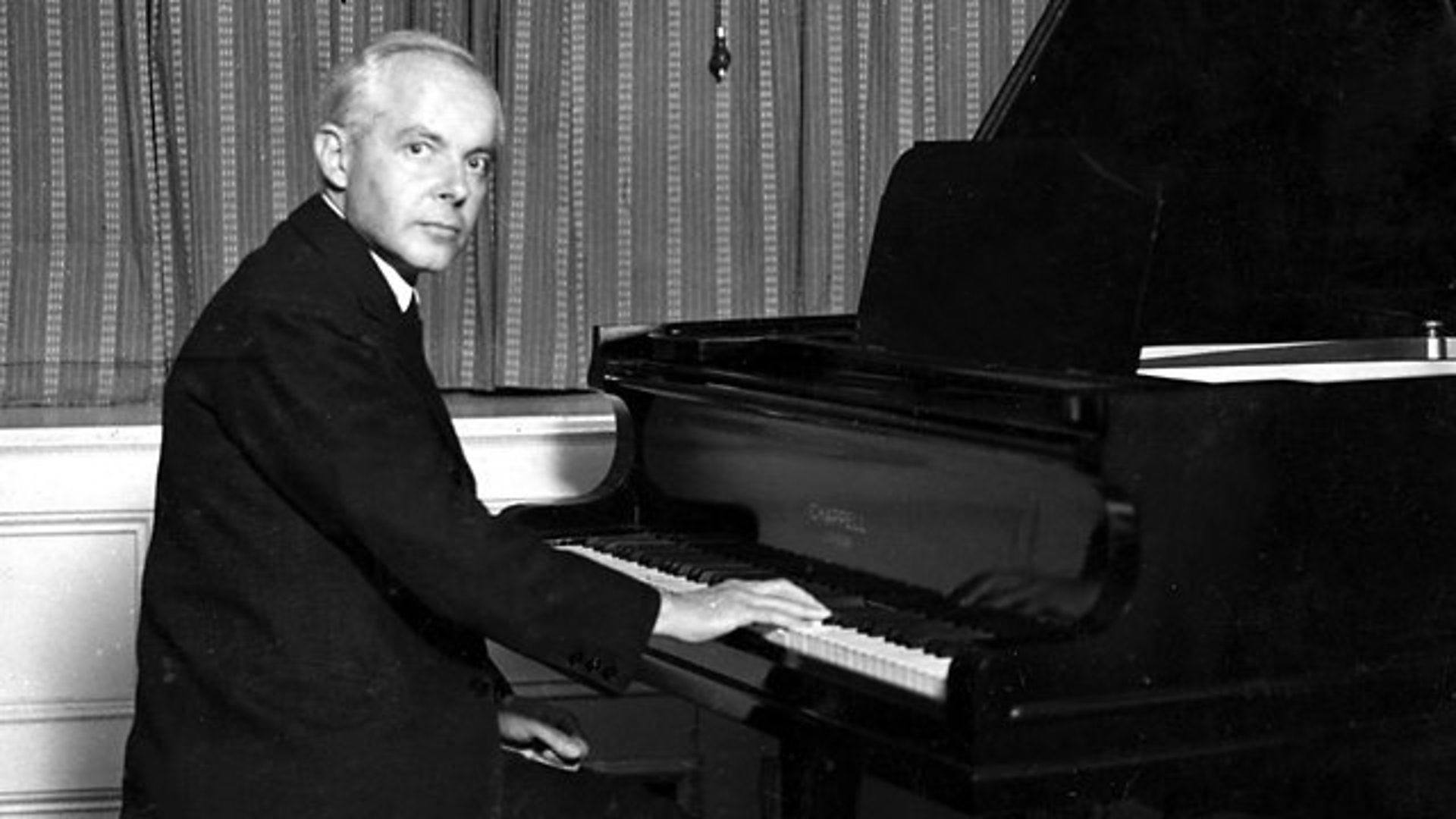Bartók’s “Bluebeard’s Castle”: Entering Terrifying Psychological Recesses
Béla Bartók’s symbolist opera in one act, Bluebeard’s Castle, begins with a spoken prologue which asks, “Where is the stage, outside us or within us?” What follows is a chilling psychological horror story, based on an account of a French fairy tale by Charles Perrault. The Gothic drama, set in a gloomy castle with seven locked doors, involves only two characters, the mysterious Duke Bluebeard and his young wife, Judith. Here is …







